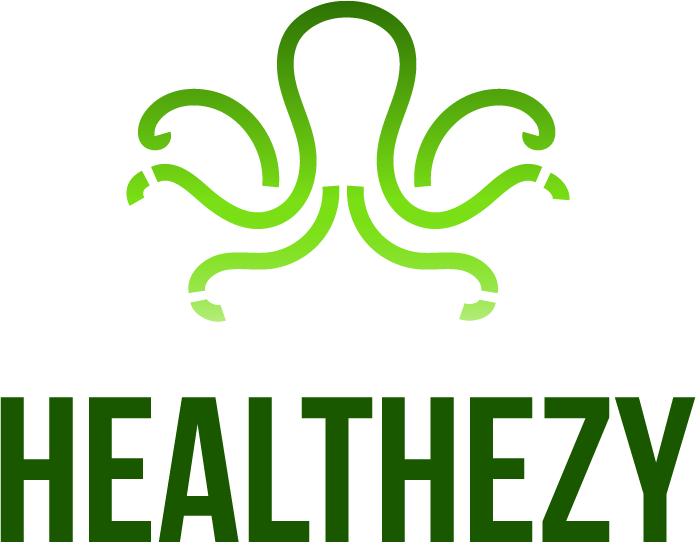A desiccant is a substance or material that has a natural or chemical affinity for water vapor. Its primary function is to absorb moisture from the surrounding environment, which helps prevent damage, spoilage, or corrosion of sensitive products and materials.
Historical Context
The use of desiccants can be traced back to ancient civilizations, where various natural materials, such as salt, charcoal, and silica gel, were employed to reduce moisture content in stored goods.
Production and Sourcing
Desiccants can be produced from a variety of materials, including silica gel, clay, calcium chloride, and molecular sieves. These materials are carefully processed to maximize their moisture-absorbing properties.
Applications
Desiccants find application in various industries, including pharmaceuticals, electronics, food packaging, and the preservation of valuable artifacts. They are used to maintain product quality, extend shelf life, and prevent moisture-related damage.
Regulatory Framework
In industries like pharmaceuticals and food packaging, regulations and standards often dictate the use of desiccants to ensure product safety and quality. These regulations may specify the types and quantities of desiccants allowed.
Consumer Concerns
Consumers may encounter desiccants in various products, such as medication containers or packaged foods. While not a primary concern for consumers, the presence of desiccants signifies a commitment to product quality and safety.
Health and Safety
Desiccants are generally considered safe when used as intended. However, some desiccants may pose health risks if ingested or come into direct contact with the skin or eyes. Proper handling and disposal guidelines are essential.
Applicable Products
Desiccants are used in a wide range of products, including pharmaceuticals, electronics, dried foods, leather goods, and shipping containers. They help maintain product integrity during storage and transport.
Alternatives
Alternatives to traditional desiccants may include moisture-resistant packaging, humidity-controlled environments, or vacuum-sealed containers. The choice of method depends on the specific application.
Scientific Research
Scientific research in the field of desiccants focuses on improving moisture absorption capacity, enhancing sustainability, and developing novel materials with superior desiccant properties.
Case Studies
Case studies in desiccant usage may highlight successful applications in preserving sensitive products, preventing corrosion, or extending the shelf life of perishable goods.
Future Trends
Future trends in desiccant technology may involve more eco-friendly materials and innovative packaging designs that incorporate desiccants to minimize waste and environmental impact.
Opinions
Opinions on desiccants often revolve around their effectiveness in preventing moisture-related issues and their contribution to product quality and longevity.
Warnings
Warnings associated with desiccants typically include instructions for proper use, handling, and disposal to minimize potential health and safety risks.
Synonyms
Synonyms for “desiccant” include “drying agent,” “moisture absorber,” and “dehydration material.”
Conclusion
Desiccants play a crucial role in preserving the quality and integrity of various products by effectively removing moisture and preventing moisture-related issues. Whether in the pharmaceutical, electronics, or food industry, the use of desiccants underscores the importance of maintaining product stability and preventing moisture-induced damage or spoilage. As technology and materials advance, desiccants will likely continue to be a valuable tool in safeguarding sensitive products during storage and transportation.







